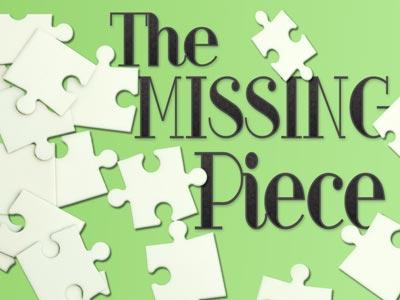-
Been There, Done That, Now What?
Contributed by Carlton Coon on Oct 12, 2001 (message contributor)
Summary: Evanglistic sermon encouraging those jaded with life to at last turn to Jesus Christ.
Been There, Done That, Now What?
This is a generation with unparalleled opportunity:
We have travelled further faster than any people before us.
Any area we cannot visit in person, we can virtually experience via the technology of video.
Our music is replayed from Compact Discs providing fidelity unimagined twenty years ago. The next techology, DVD’s that provide higher highs and lower lows.
Immediate world-wide communication is available via the internet. I can begin plumbing the research depths of some of the world’s most outstanding libraries within five minutes of sitting down at my computer.
Education is available in any method you want to receive it.
Knowledge is doubling every seven years.
Somehow, in spite of, or perhaps because of some of these things, we have become a jaded people. It is hard to excite us. We are a set of phlegmatic personalities. We have seen too much, been too many places, dome too many things. In the words of young people who refuse to admit being outdone by one of their peers - Been there, done that!
Partied all night - “Been there, done that!”
Man, I had a hang over like you wouldn’t believe - “Been there, done that!”
Spent the night with her, (or him) - “Been there, done that!”
I. The jaded face of “Been there, done that!” - Drugs and Alcohol
A. In the U. S. 1) 70% of high schoolers have tried marijuana; 2) 62% of teens believe drinking is bad, but continue to drink.
B. Teenage drinking, to use of the words of the Surgeon General, is "out of control." Statistics from his office show that of the 20.7 million middle school and high school students nationwide, eight million of them drink alcohol at least once a week. Nearly 18% of them admit that they "binge" (take five or more drinks at one sitting) every week.
C. About 9% of the babies born each year (375,000+) have been exposed to illegal drugs in the womb. U.S. News & World Report, Dec 13, 1993
D. Cocaine was used by about 6 million Americans in the month before a survey was taken by the National Institute on Drug Abuse.
E. Each year some 375,000 babies (approximately ten percent of all newborns in the United States) are exposed before birth to illegal drugs, most commonly cocaine. Some hospitals in major cities like New York and Los Angeles report that 20% or more of their newborn patients suffer from prenatal exposure to narcotics. "Innocent victims" by Anastasia Toufexis. Time, May 13, 1991. Pages 56-60.
F. The drug problem in America has become a national scandal. It is believed that use of marijuana, LSD, and heroin are no longer the major problem. Rather it is the 4 to 6 million regular users of cocaine, especially in its easy to use form called crack. Cocaine addiction and use knows no social or economic boundaries. A high lasts only 5 to 20 minutes from one dose, and is followed by an immediate crash.
G. "Crack is cocaine fast food." It has been processed to a ready- to-smoke stage. When smoked, it can produce a full-blown high in less than 10 seconds. But the high doesn’t last long, and addiction may occur after one binge; with depression following. The setting for these binges centers around crack spots, where crack is sold for take-out, or crack houses where a high can be bought and experienced.
H. The problems most often addressed in company-sponsored employee assistance programs, according to The Wall Street Journal, are: substance abuse, dealt with by 99% of companies surveyed; . . .
I. Drunk drivers are responsible for the deaths of 20,000 people on U.S. highways each year, and another 300,000 are injured in alcohol-related auto accidents. In addition, 90,000 Americans die from alcohol-related conditions (cirrhosis of the liver, certain types of cancer, etc.) annually. Each year 5,000 infants are born with fetal alcohol syndrome. Drinking drives the crime rate higher, too: 49% of all murders or attempted murders, 52% of all rapes and sexual assaults, and 68% of all manslaughter convictions involve alcohol. Friends Journal, Sep 1993
J. Church leaders seem blind to the drug problem within their congregations. 92% of pastors surveyed said drug abuse was a problem in their communities; only 18% saw it as a problem in their congregations. Yet, surveys of churched and unchurched youth don’t bear out that optimism. 80% of churched youth reported drinking beer as compared to 88% of the unchurched; 38% of the churched have tried marijuana, while 47% of the unchurched have done so. 22% of the churched have tried amphetamines/barbiturates with compared with 28% of the unchurched. 11% of the churched have used cocaine in comparison to 14% of the unchurched. "The church’s drug of choice" by David Lynn. Eternity, Nov 1988. Page 20.

 Sermon Central
Sermon Central



